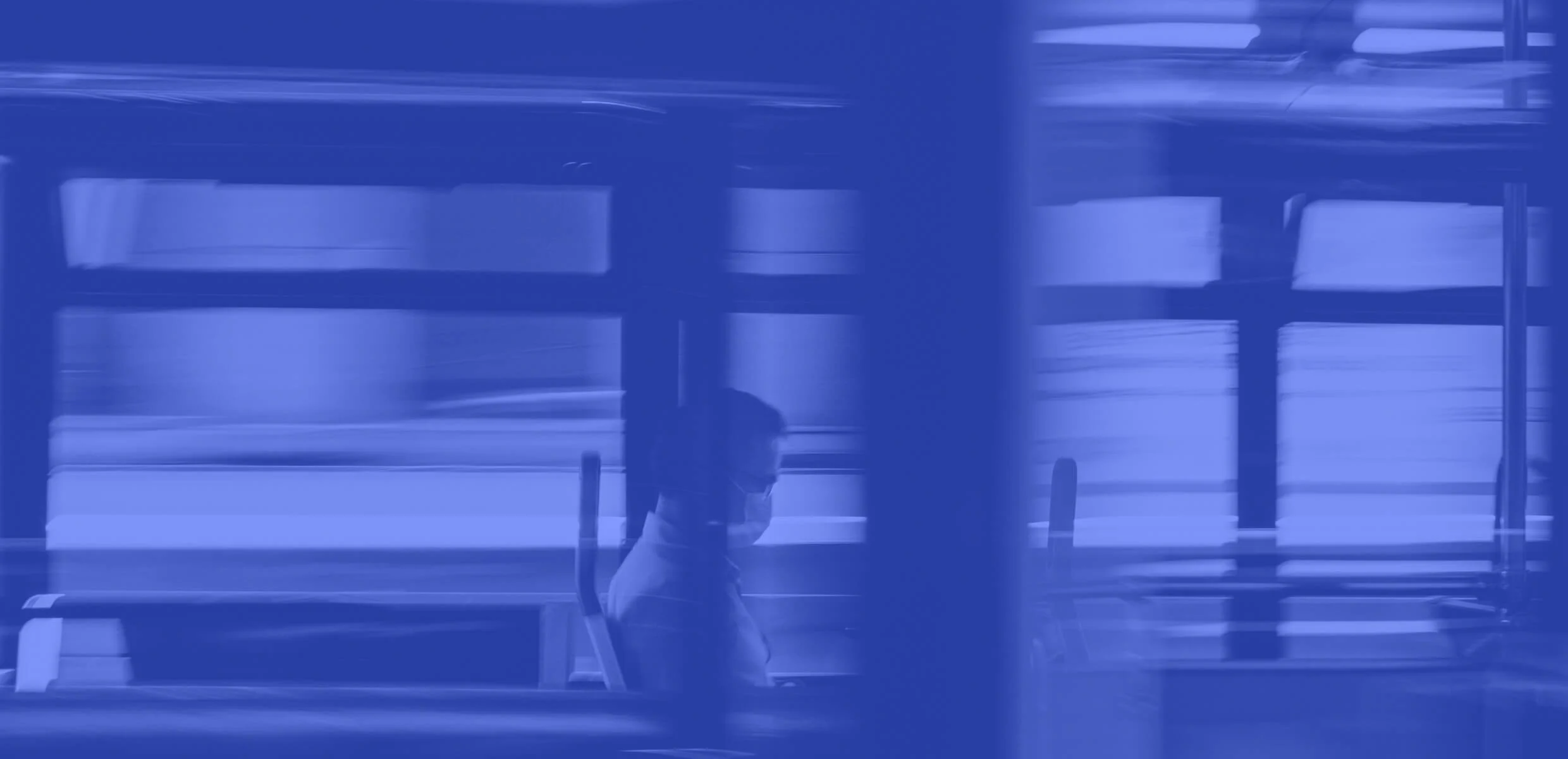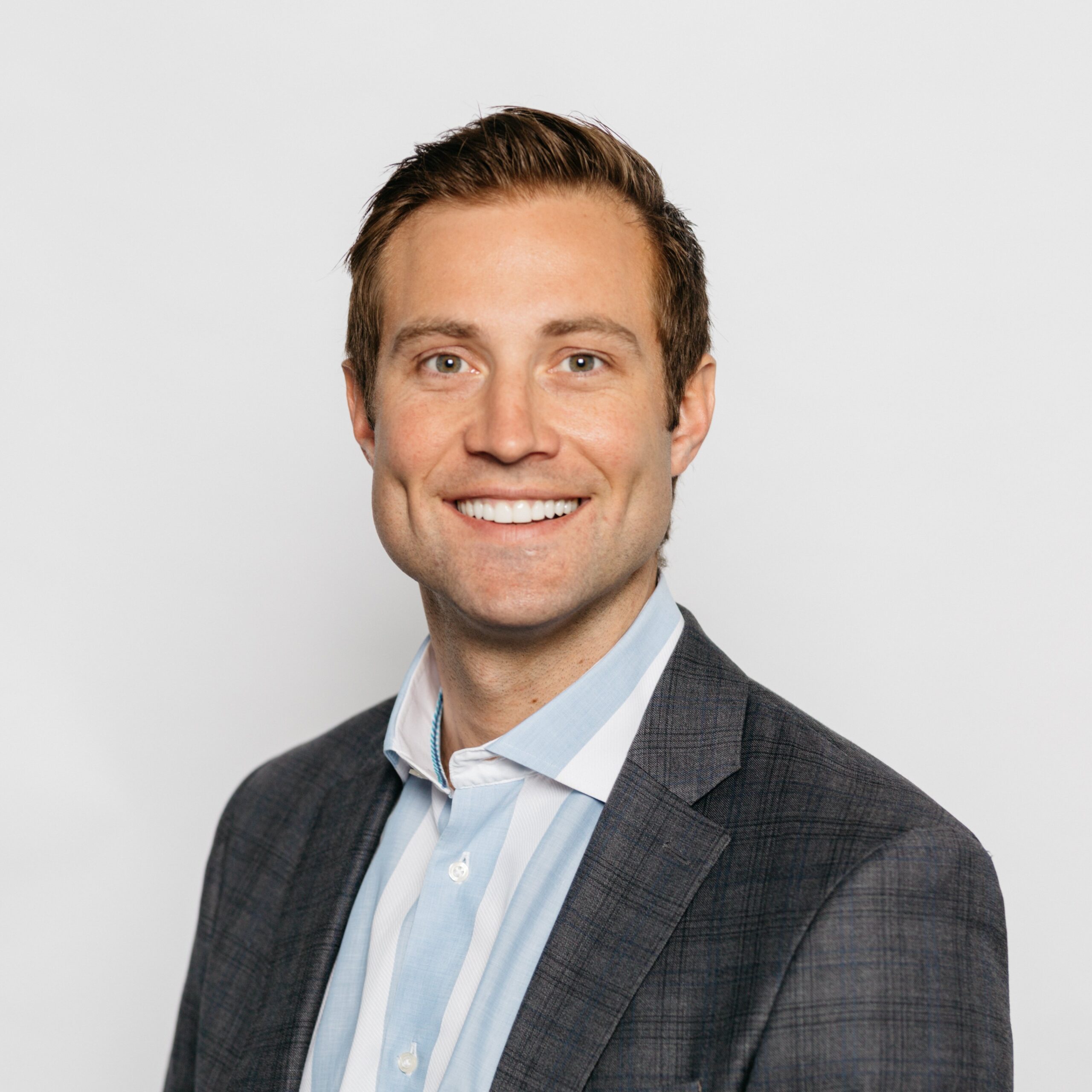The Covid Canvas, Pt. 3

How have Americans’ attitudes about returning to normal activities changed in light of the uptick in cases? Dr. Don Vaughn surveyed over a thousand Americans about reopening the economy and returning to restaurants, airplanes, and sporting events. Consumer sentiment has broadly regressed in recent weeks. HIGHLIGHTS
Americans are still willing to return immediately to some pre-pandemic activities (Figure 2A). Many are willing to go to the dentist, get a haircut, dine at restaurants or go to the office. On the other hand, smaller percentages of Americans are willing to consider attending a large sporting event, vacationing somewhere with crowds, or traveling on an airplane in the immediate future.
We compared these results to our previous COVID Canvas results. To simplify this comparison, we combined the 4 possible responses into a single number—the Covid Consideration Index (CCI)—by assigning a value to each response: 0 for “6+ Months,” 33 for “3-6 Months,” 66 for “1-2 Months,” and 100 for “Now.” This index measures how much, from 0 to 100, those surveyed were willing to engage in a given activity. In the time between the first and second surveys, consumer sentiment improved across many sectors including restaurants, vacationing, and sporting events. However, since then, there has been a broad regression in consumer sentiment in nearly all areas surveyed (Figure 2B).

Figure 2. Americans are ready to return to some activities. A. Results from our Realtime Research™ surveys suggest that Americans are more ready to return to activities that involve fewer people in close proximity than to those with denser crowds. B. Comparing these results with those from three weeks prior, consumer sentiment broadly regressed in nearly all areas surveyed.
We also asked Americans a set of more general pandemic-related questions regarding their trust in the CDC, their state’s reopening plan, their stimulus check, and their summer plans. Americans generally trust the CDC, but there is a cohort of respondents who clearly do not (Figure 3A). Many are nervous about the speed of reopening (Figure 3B). The majority used their stimulus check to pay bills (Figure 3C), and already have cancelled their summer plans (Figure 3D).

Figure 3. General questions about living in the pandemic. Americans generally trust the CDC, are nervous about the speed of reopening, used their stimulus check to pay bills, and already have cancelled their summer plans.
Discussion
We show here that Americans continue to be more hesitant about re-engaging in activities that involve denser crowds. We found an decrease in readiness to re-engage in many areas. It is thus possible that full recovery of these sectors may require significant investment in infrastructure to mitigate transmission risks and allay the public’s concerns. Alternatively a significant decrease in cases may achieve the same goal.
Our more general panel of questions revealed that Americans generally continue to trust the CDC as an institution, but they were still nervous about their state’s reopening plan—specifically, a majority feared that it was moving too fast. Most respondents also already had cancelled their summer plans, and they used their stimulus check to pay bills rather than fund a vacation.
We intend these results to improve the predictive modeling of businesses across America so they can plan supply lines and hirings accordingly. We selected these questions to capture a wide snapshot of Americans’ plans regarding several types of economic reopening. However, the Invisibly Survey unit may be used to gather more nuanced information in particular business sectors. These data will be updated again in the coming weeks.

Dr. Don Vaughn, Ph.D.
Dr. Don Vaughn is a neuroscientist, futurist, and communicator. As Head of Product at Invisibly, he is envisioning a better future by enabling people to take control of their personal data. He leverages his understanding of the brain to predict how people will use—and be used by—technology. Since graduating from Stanford, over 1 million people have viewed his TEDx talk. He has been featured on ABC, ESPN, Bloomberg and more.
